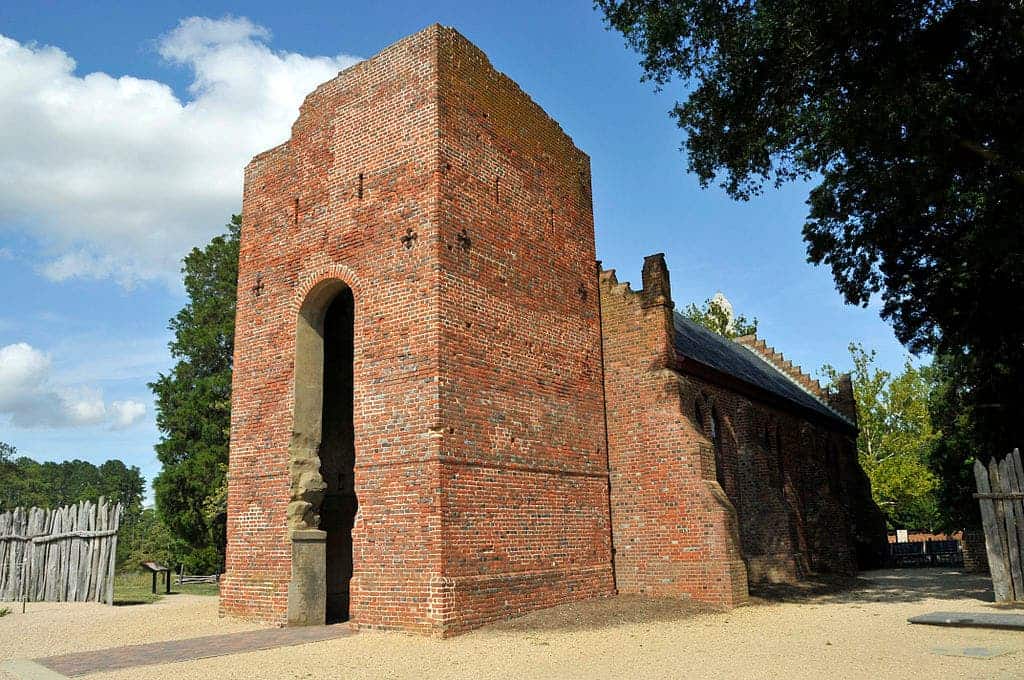A 400-year-old colonial site in the United States is losing its battle with climate change. Jamestown in Virginia, described as the birthplace of both democracy and slavery in the US, was placed on a list of the country’s most endangered historical places. Storms are becoming more severe, while the tides of the James River are becoming higher.

The National Trust for Historic Preservation, created by Congress in 1949, issues every year a list of 11 historical sites endangered by things such as exposure to water, neglect, and decay. Jamestown was included in this year’s update because of climate change, with experts estimating there are about five years left to protect the site.
“Jamestown represents the meshing of cultures in North America, from 12,000 years of indigenous history to the arrival of English settlers,” the trust said in a statement. “Sea level rise, storms, and flooding threaten the original Jamestown site, further compromising this fragile island and threatening its important cultural resources.”
A valuable historic background
Back in 1607, Jamestown was the first permanent English settlement in what would later become the Thirteen Colonies and, ultimately, the United States. Jamestown is also the place where, in 1619, the first enslaved Africans arrived, and where generations of Native Americans had already lived for centuries.
A wide array of political and public figures has visited the place, including Queen Elizabeth II of Britain, presidents Franklin D. Roosevelt and George W. Bush, and Supreme Court Chief Justice John G. Roberts Jr. Researchers have made big discoveries in recent years, including evidence of cannibalism by first settlers facing starvation.

However, Jamestown is located on a low-lying tidewater island, challenged by the river on one side and by a swamp on the other, and by increasingly frequent rain caused by climate change. Experts told The Washington Post that there are only five years left to protect the site, with plans underway to strengthen the existing sea wall with granite.
The threat from water isn’t new. The James River had already eroded a part of the island and, until excavations started in 1994, it was mistakenly believed that the original fort was already underwater. Archeologists have since then recovered millions of artifacts. But climate change is now speeding up the pace of erosion and flooding.
As well as Jamestown, the Olivewood Cemetery in Houston, Texas was also included on the trust’s list because of climate change. It’s one of the oldest known African American cemeteries in the US, with over 4,000 graves. Because of its location on low-lying ground near a bayou, the cemetery has seen frequent, and damaging, floods.
Other sites included in the list are threatened by neglect, development, and private ownership, including a cave sacred to Native Americans, an artist’s house, and a Japanese internment camp. Termite damage has also forced authorities to close down the Brown Chapel in Selma, Alabama, which played a key role in civil rights marches in the 1960s.









